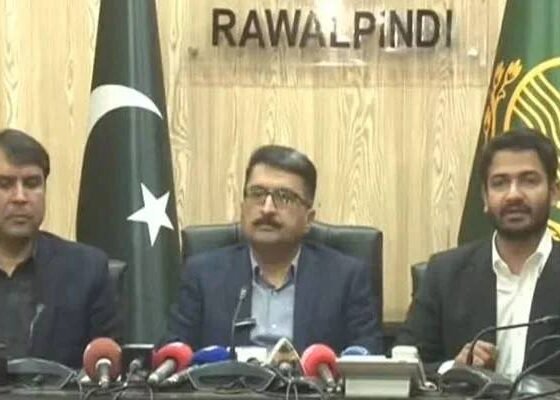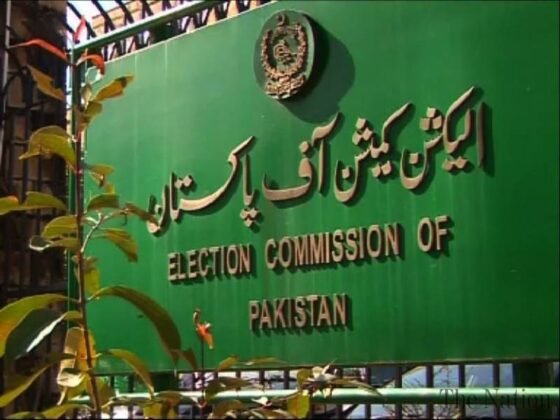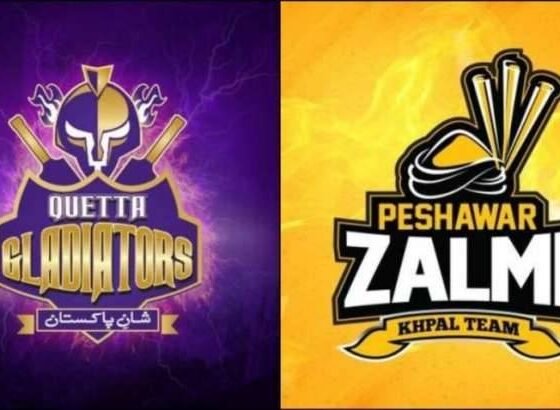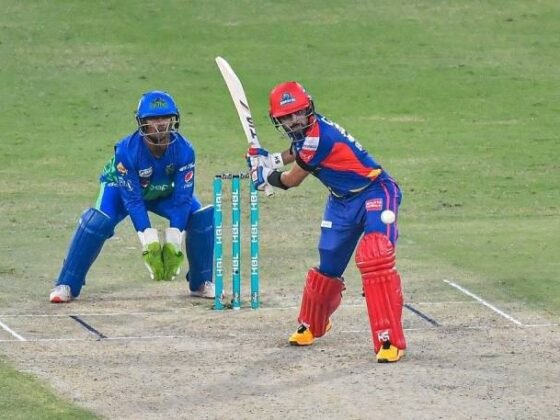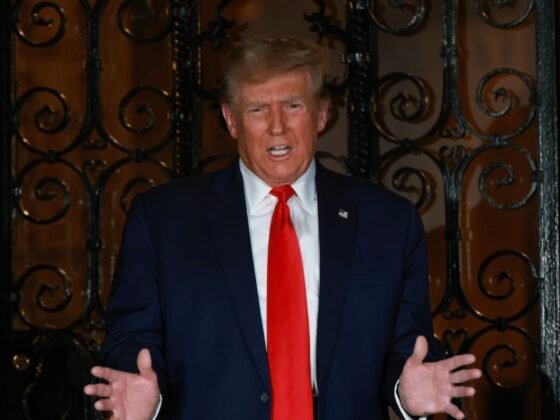2014 WORST FOR JOURNALIST IN A DECADE: PFUJ

KARACHI, Dec 30: Pakistan Federal Union of Journalists, PFUJ has termed the year 2014, as among the worst in a decade for Pakistani media, when journalists and media workers were killed inside their offices, while sitting in office van, chased and killed liked incidents were rare in the recent history of violence against journalists. Yet, not a single case of these incidents has been prosecuted inthe court of law, for one reason or the other.
The year 2014 ending with 14 killings for media in Pakistan with eight journalists and six media workers across country in various incidents targeting journalists, media workers and media houses. PFUJ in its report released by Secretary General, Khursheed Abbasi, termed the incident of January 17, in Karachi and August 28th in Quetta as worst in which two journalists and four media employees were killed. Pakistan has already been rated as among the 3rd most dangerous countries for journalists around the World, after Gaza and Syria.
PFUJ report of 2014, cited Baluchistan as the most dangerous province for working journalists, where “freedom of the Press,” does not exist and even journalists working in the newsroom feel more insecure.
PFUJ feared that the year, 2015 can be a difficult year for Journalists particularly for those working in the conflict areas after the reports that operation “zarb-e-azb,” likely to expand in other cities and advised Media Houses to make adequate security arrangements and also to provide 100 per cent Insurance cover, arranged safety courses and adopt code of conduct.
PFUJ has declared 2015 as the “Year of Safety for Journalists and Media Workers.” During the year, PFUJ will organise safety and ethical courses in all the major cities, promote ethical journalism and would try to ensure legislation to end impunity.
In 2014, Eight journalists were killed include Jewan Arian (Ghambat Khirpur), Shan Dhar (Larkana)-Sindh, Irshad Mastoi(Quetta), Afzal Khawaja(Ustta Muhammad, Jafferabad)-Balochitsn, Yaqoob Shehzad (Hafizabad) Nadeem Hyder (Hafizabad), Shehzad Iqbal (Mianwali)-Punjab and Ibrar Tanoli(Abbotabad)-KPK.
In 2014 six slain Media Persons are Muhammad Mustafa (Lahore-Driver Express News) , Muhammad Abdur Rasool, Muhammad Younas(Quetta), and Waqas Aziz Khan, Driver Khalid Khan, Security Guard Ashraf Arian of Express News-Karachi.
On January 17th, three employees of the Express News were killed while they were sitting inside its DSNG in North Nazimabad, in Karachi, by unknown persons, who later fled away. On August 28th unidentified gunmen stormed into the office of the General Secretary of Baluchistan Union of Journalists and ARY NEWS Assignment Editor , Arshad Mastoi and sprayed bullets. Beside, Mustoi, a trainee reporter Abul Rasul and employee Muhammad Yunush were killed.
“What make the year as the worst in a decade is not only because of the rise in the number of journalists and media employees killed but the manner in which they were targeted,” Abbasi said.
In one such incident, a senior journalist, Mr Raza Rumi, who at that time was working for the Express was chased by unidentified motor-cyclists and fired upon, killing his driver. Rumi left with no choice but to leave the country and is now living abroad.
The eight journalists and four employees who were killed this year including those working for Dunya TV, SAMAA and for different newspapers.
PFUJ further said, that despite promises and assurances the government neither been able to arrest the assailants nor their cases were proceeded in any court of law, making lives of journalists and other media staff more and more insecure.PFUJ also expressed concern that neither the investigation into senior anchor, Hamid Mir case has been prosecuted nor the report of the three judges Judicial Commission’s findings have been made public.
PFUJ report revealed that the inside rivalries among the Media Houses, also threatened the lives of the journalists. One lady anchor quitted the profession and left Pakistan, after a rival channel aired number of shows, accusing her and her team for blasphemous charges. Despite her repeated apology she could not stayed back in Pakistan.
The media rivalries also led to the series of attack on journalists and media employees belonging to GEO by the workers of Pakistan Tehreek-e-Insaf, PTI.The female journalists and anchors become the target and they were physically harassed during the political rallies. Some channels also faced “forced closures,” either because of pressure from political parties, State Actors and Non-State Actors. ARY NEWS, SAMAA and GEO also went “off air,” for not fully covering MQM chief, Altaf Hussain’s address.
These media rivalries also resulted in the registration of around 70 cases and made the journalists feel more insecure while performing their professional duties. PFUJ yearly report further revealed that though some of the Media Houses, increased security around their offices after they were attacked but none of the Media groups either arranged safety training for their staffers or provided safety kits for them.
“All the above mentioned incidents made the year 2014, as the worst in a decade because of the nature of violence against journalists, when they become unsafe, even in their offices,” Khurshid Abbasi Sectary General PFUJ said.
PFUJ has appealed to all journalists, Media Houses to shun their differences and execute unity to meet the serious challenges, which Pakistani journalists are facing, today.




